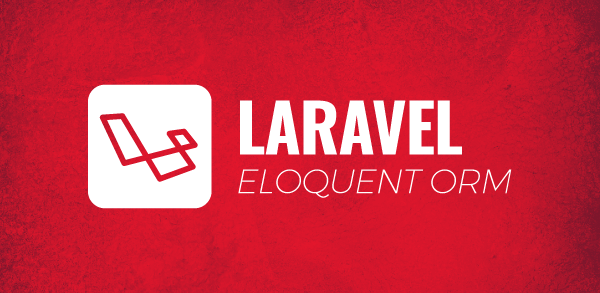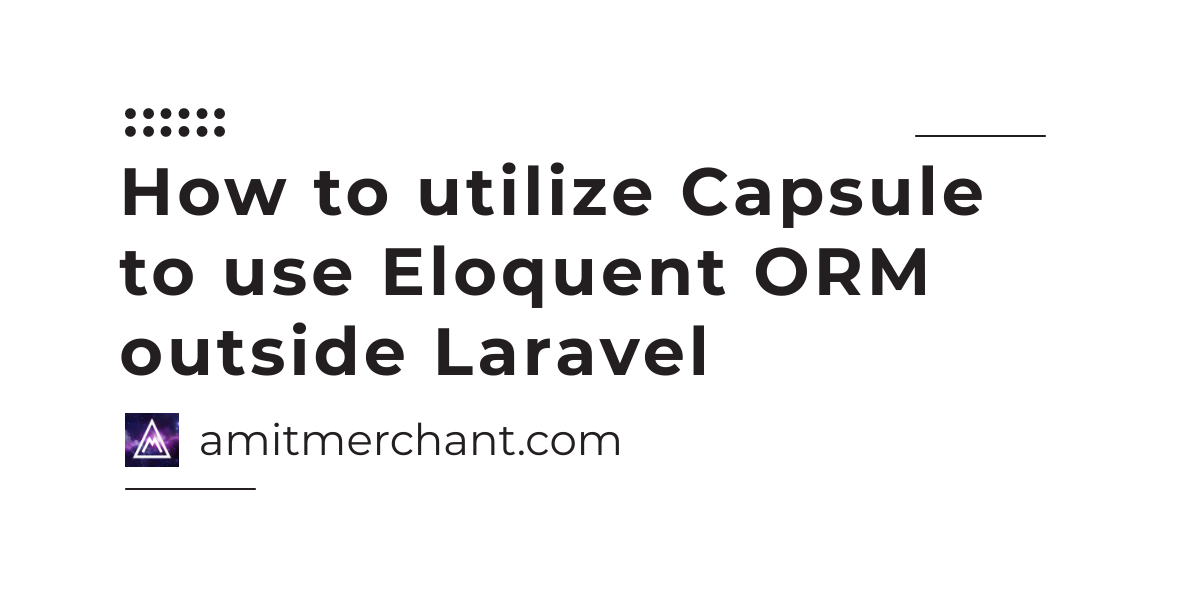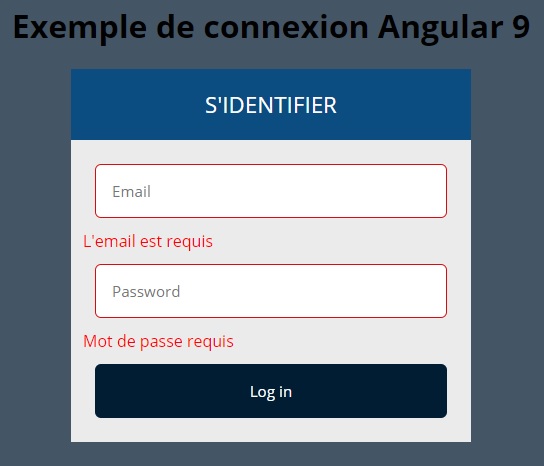
If you call this method, it scopes the underlying SQL query by adding the given WHERE clause. For Laravel users, it’s pretty clear what it does. And you get no chance to name your properties differently from your columns. Of course, your IDE does not understand that without help. Everything is injected “magically” into the class by reading the table metadata. This seems irrelevant but for me, it makes quite a difference. The first thing you see is that there are no properties on the model. Sounds like good intentions, but I started to dislike this more and more. To do that, it lets the developer stuff a lot into the model that doesn’t belong there. This is partly due to the Active Record ORM pattern that’s being used and partly due to the fact that Eloquent wants to save the developer from having to write more code. But its design makes your application needlessly complex and prevents the IDE from correctly analyzing your code. It’s the ORM that’s shipped with a default installation. If you’ve already worked with Laravel, you surely know about Eloquent. It’s also partly due to PHP not being very well designed. I’m not even saying it’s only Laravel’s fault. Or, let me rephrase it: the better other tools will do the job. They generate classes, scaffolding for authentication and much more.īut the deeper you go and the bigger the projects become, the more complicated the development with Laravel will get. The console commands support you in every aspect during coding. It provides so many useful tools out of the box. I always enjoyed how easy it was to spin up an application and get going in minutes. I’ve worked with Laravel for about 2 years now. Photo by Kristopher Roller on Unsplash Intro But it is important to look closer and to make sure you know what you are using and why you are using it. I have no intention to convert people away from Laravel to other frameworks or languages. And when you stick with Laravel after reassessing, that’s fine. I’ll give you my thoughts and try to get you to rethink your framework choices as well. I am not trying to rant about Laravel or why other frameworks might be better. And I’ll tell you why!įirst of all, I want to make sure that you know about my intentions. It is time for a change in the tools that I use. 'posts as is_tech_author' => function ($query) v8.57.By Niklas Schöllhorn Moving away from magic - or: why I don’t want to use Laravel anymore $users = User::withExists('posts')->get() $users = User::withCount('posts')->get() In addition to the withCount method, you may now use the withExists method to check the existence of a relationship: // before: >get() v8.42.0 Added withExists method to QueriesRelationships ( #37302) >whereHas('airline', fn (Builder $query) => $query->whereKey($airline)) You can now use a Model instance with the whereKey and whereKeyNot methods: $passenger->tickets()


]) v8.41.0 Added Model key extraction to id on whereKey() and whereKeyNot() ( #37184) Post::factory()->count(3)->createQuietly() You may accomplish this using the updateQuietly method, which uses the saveQuietly method under the hood: $flight->updateQuietly() Īs of v8.59, you may also use the createOneQuietly, createManyQuietly and createQuietly methods when using Model Factories: Post::factory()->createOneQuietly() Sometimes you may wish to "update" a given model without dispatching any events.
#Eloquent orm code
I got most code examples and explanations from the PRs and official documentation.

I already covered Collections, and next week is all about Jobs and Queues. This blog post follows up on last week's overview of the new Database and Eloquent features in Laravel 8 since the original release in September 2020.


 0 kommentar(er)
0 kommentar(er)
